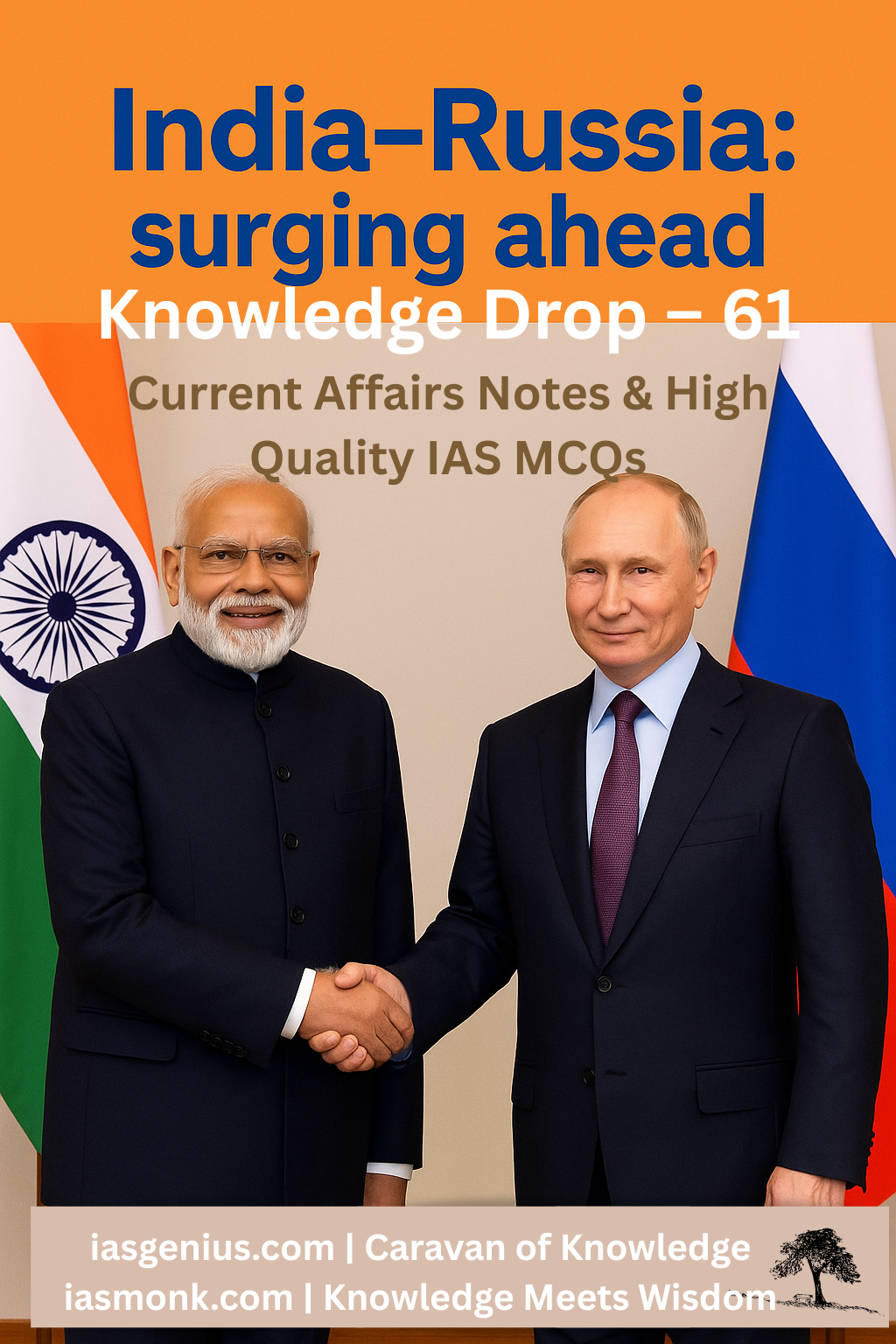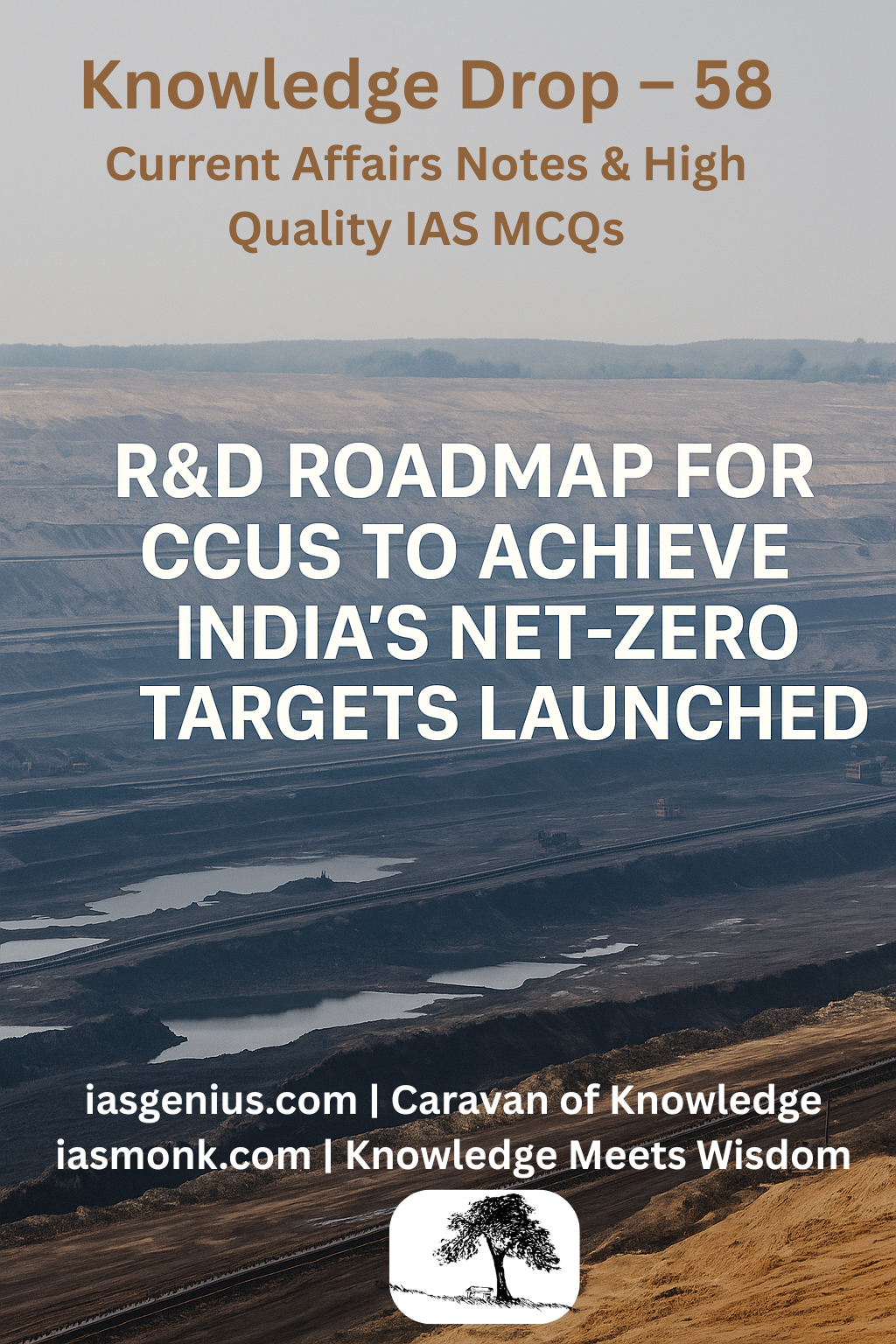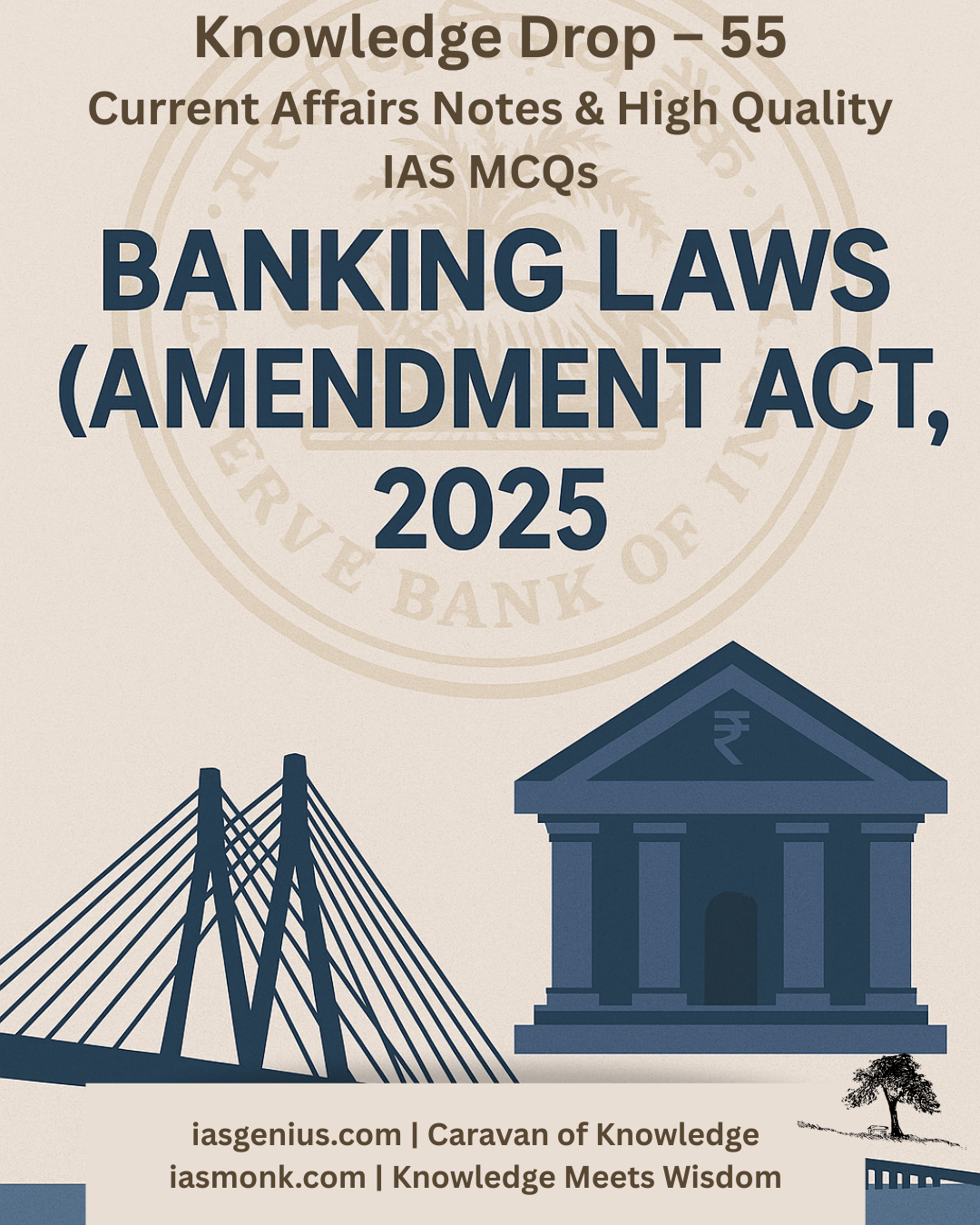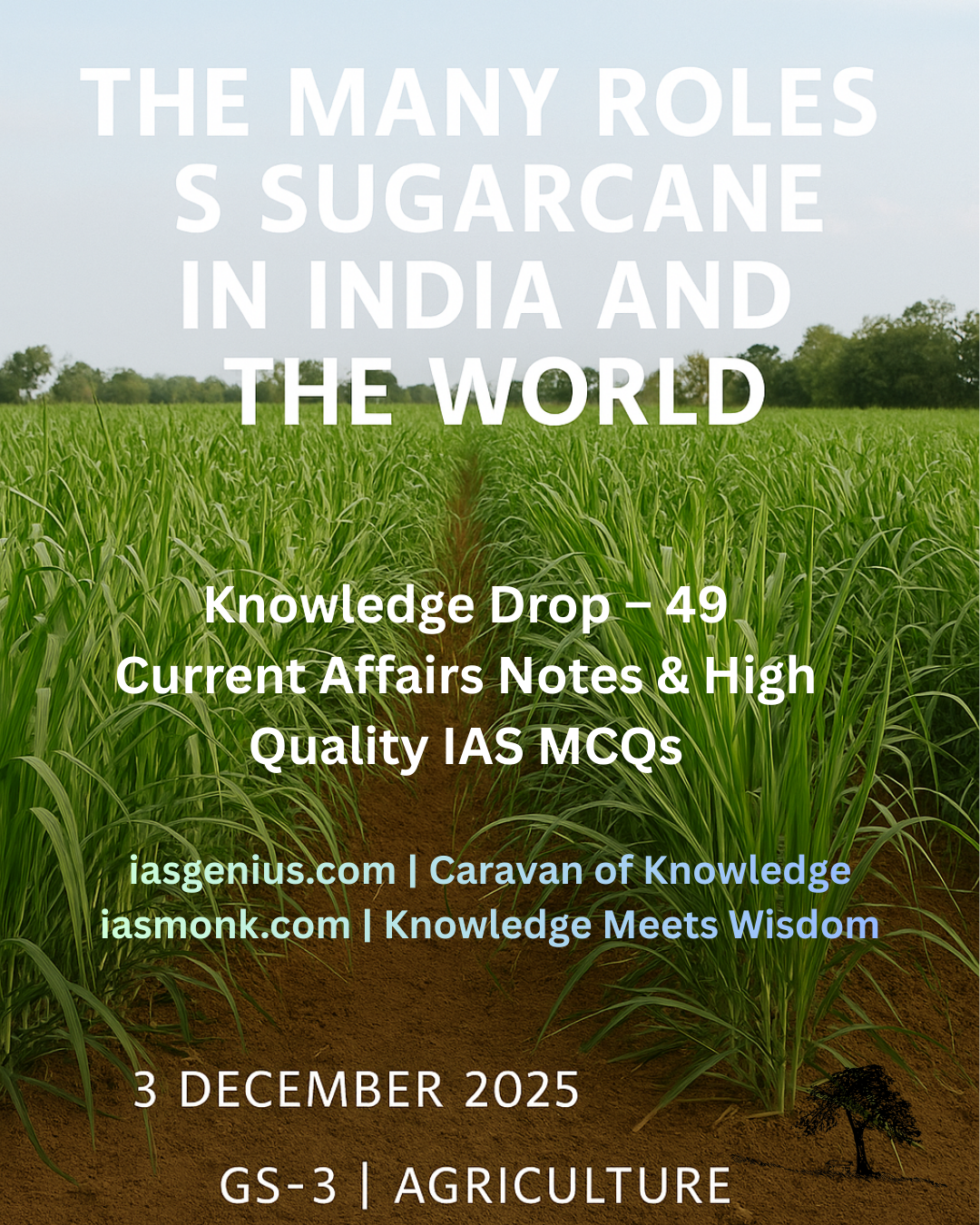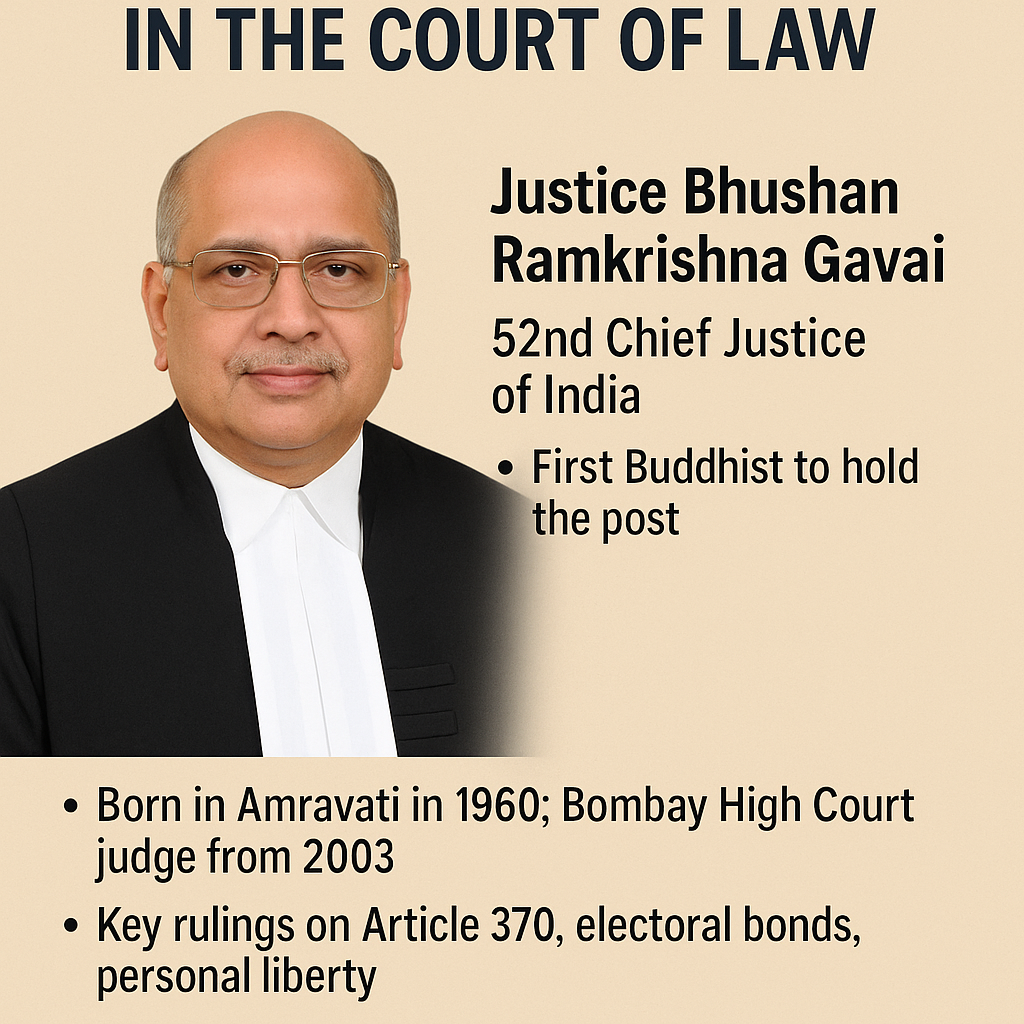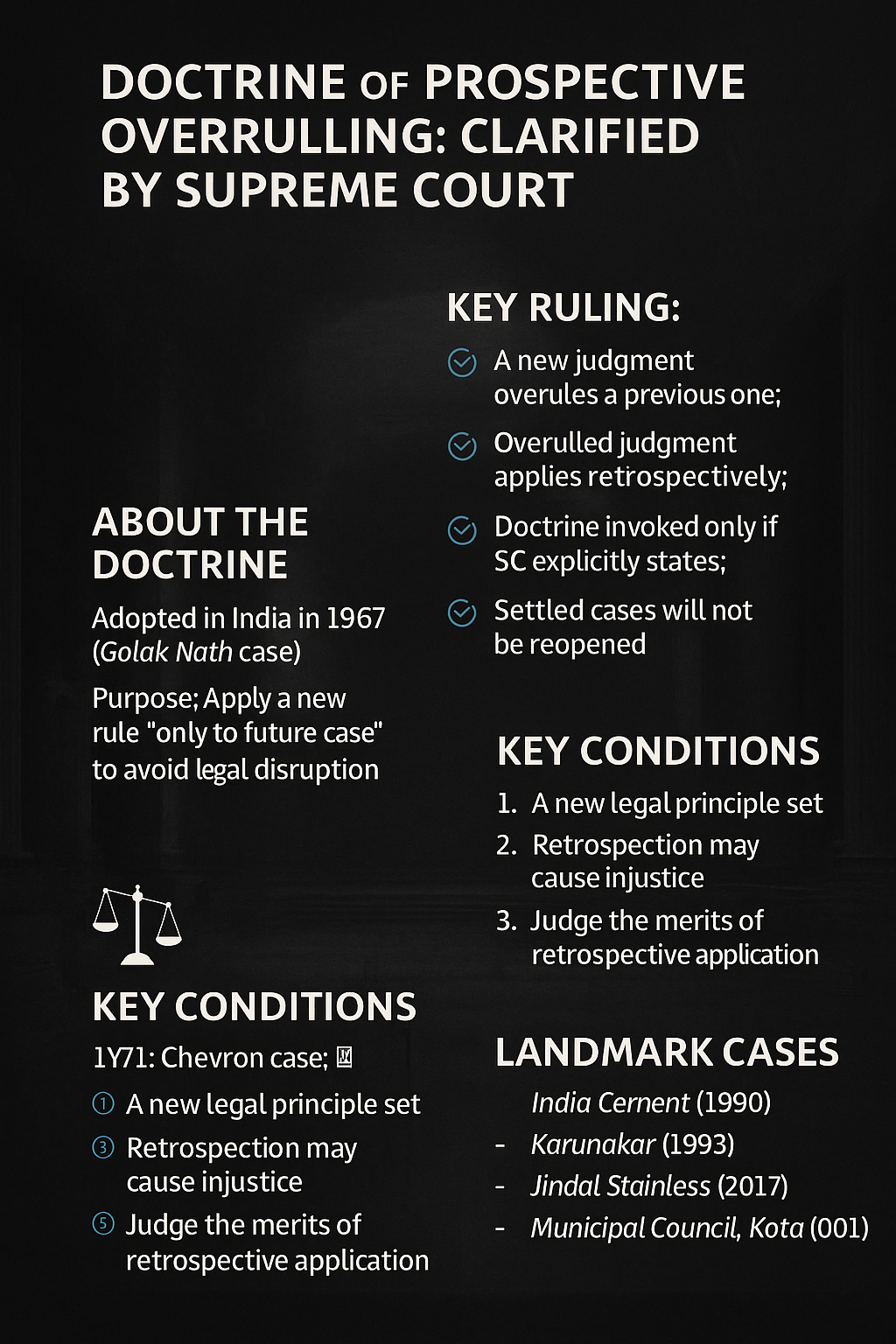
Supreme Court Clarifies Doctrine of Prospective Overruling ⚖️
Supreme Court Clarifies Doctrine of Prospective Overruling

🏛️ NATIONAL
April 28, 2025
Thematic Focus: Constitutional Law | Legal Doctrines | GS Paper 2
🕊️ Intro Whisper:
A judgment may shift the law’s direction — but it must not shake the foundations of justice.
🔹 Key Highlights: Supreme Court Clarifies Doctrine of Prospective Overruling
- SC ruling arose from a criminal appeal under the NDPS Act, 1985.
- The case involved Buprenorphine Hydrochloride — a drug listed in the NDPS Schedule but not in its Rules.
- Delhi High Court had upheld conviction; Supreme Court intervened to examine doctrinal clarity.
- SC ruled:
- Judgments clarify law, they don’t create it.
- Overruled judgments apply retrospectively unless SC states otherwise.
- Past settled cases (res judicata) or settled accounts won’t be reopened.
- Prospective overruling must be explicitly invoked by the Court — not assumed.
📚 Doctrine of Prospective Overruling — Explained
- Origin: USA; adopted in India in Golak Nath v. State of Punjab (1967)
- Purpose: Apply new rulings only to future cases to:
- Prevent injustice
- Avoid chaos in legal system
- Allow transition time
🏛️ Key Conditions (Chevron Oil Co. v. Huson):
- A new legal principle must be set
- Applying it retrospectively may cause injustice
- Weigh pros and cons of retrospective application
🧵 Landmark Indian Cases:
- India Cement Ltd. (1990) – Avoided tax refund chaos
- Karunakar (1993) – Protected administrative efficiency
- Jindal Stainless (2017) – Applied ruling retrospectively despite requests
- Municipal Council, Kota (2001) – Showed restraint in use of doctrine
🧭 Concept Explainer:
The doctrine of prospective overruling balances the evolution of law with the stability of justice. The Supreme Court reaffirmed that retrospectivity is default, unless prospectivity is explicitly stated. This doctrine protects public interest while enabling judicial correction.
The Court emphasized: judges interpret — not invent — the law.
🧾 GS Mapping:
- GS Paper 2: Polity | Judiciary | Doctrine & Constitution
- GS Paper 4 (Optional Link): Ethics in Judicial Reasoning | Public Interest v. Legal Certainty
💠 A Thought Spark — by IAS Monk:
“Let the law evolve — but let no man fall because the compass changed after he passed.”

